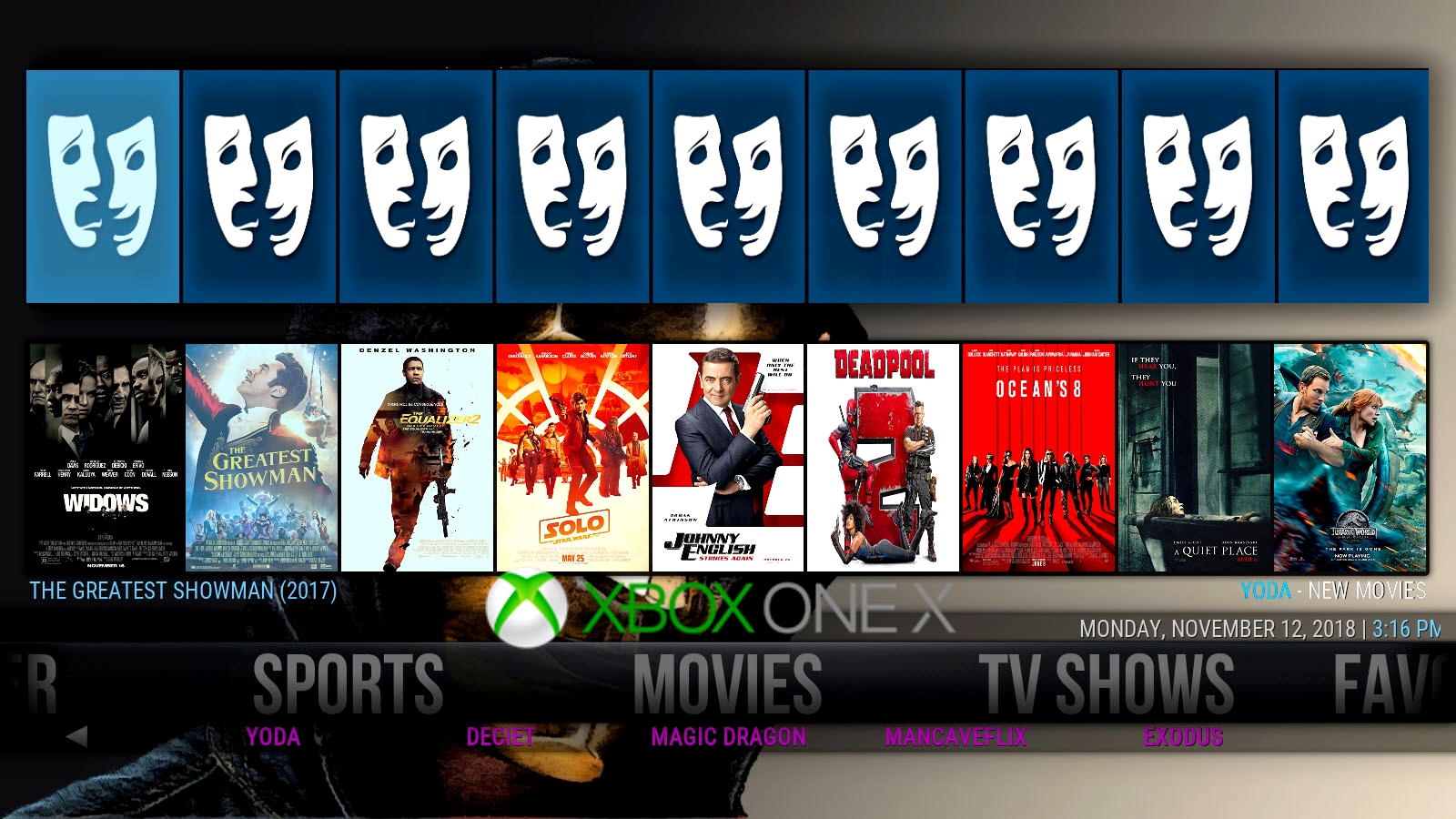

- #Kodi builds january 2018 how to
- #Kodi builds january 2018 android
- #Kodi builds january 2018 software
#Kodi builds january 2018 software
This activity pushed Linux or Windows specific binaries to Kodi users on these operating systems.įor those who are unfamiliar with the Kodi platform, the popular media player software itself does not provide any content, but users can extend the functionality of the software by installing various plugins that can be found in the official Kodi repository and numerous three-party repository. This is the second public case of large-scale dissemination of malware through the Kodi add-on, and the first public mining activity initiated through the Kodi platform. After the plug-in library was closed, ESET found that it may have become part of the malicious mining activity from December 2017. Security teams should also consider using security information and event management (SIEM) and behavioral analytics to identify suspicious resource usage patterns.Kodi recently closed the third-party plug-in library XvBMC for copyright infringement warnings. To limit the threat of cryptojacking, security experts recommend implementing controls to help identify mining activity and blocking known crypto-mining malware variants.

#Kodi builds january 2018 how to
The ESET researchers clarified that they don’t expect Kodi add-ons to become the “next VBA,” but they did say they “may be an indication of things to come.” How to Prevent a Crypto-Mining Campaign Last year, Fortinet researchers observed two attacks where threat actors leveraged VBA macros embedded in Excel attachments to spread Dyzap malware and a variant of Strictor ransomware. In 2016, IBM Managed Security Services observed an attack campaign using VBA macros to deliver Locky ransomware. The industry recently witnessed this trend in the form of bad actors leveraging Visual Basic for Applications (VBA) macros to spread malware. Why Are Attackers Capitalizing on Add-Ons?Ĭybercriminals are increasingly abusing add-ons and scripting functionalities in response to the tightening of security measures for operating systems.
#Kodi builds january 2018 android
No variants targeting Android or macOS users were detected by ESET.Īt the time of disclosure, the malware had infected 4,774 users and generated approximately $6,700. Windows and Linux users ended up running the final malware payload, a Monero cryptocurrency miner, by adding the URL of a malicious repository to their Kodi installation or installing a Kodi build that contained either a malicious repository or an infected add-on. From those two sources, the malware spread to XvBMC and throughout the rest of the Kodi platform. Further analysis revealed that threat actors had initially infected two other repositories with the malware in December 2017 and January 2018.

This month, Slovakian IT security company ESET discovered malware hidden in XvBMC, a Dutch repository for third-party Kodi add-ons.

Researchers detected what they believe is the first publicly known malicious crypto-mining campaign launched via the open-source media player Kodi.


 0 kommentar(er)
0 kommentar(er)
